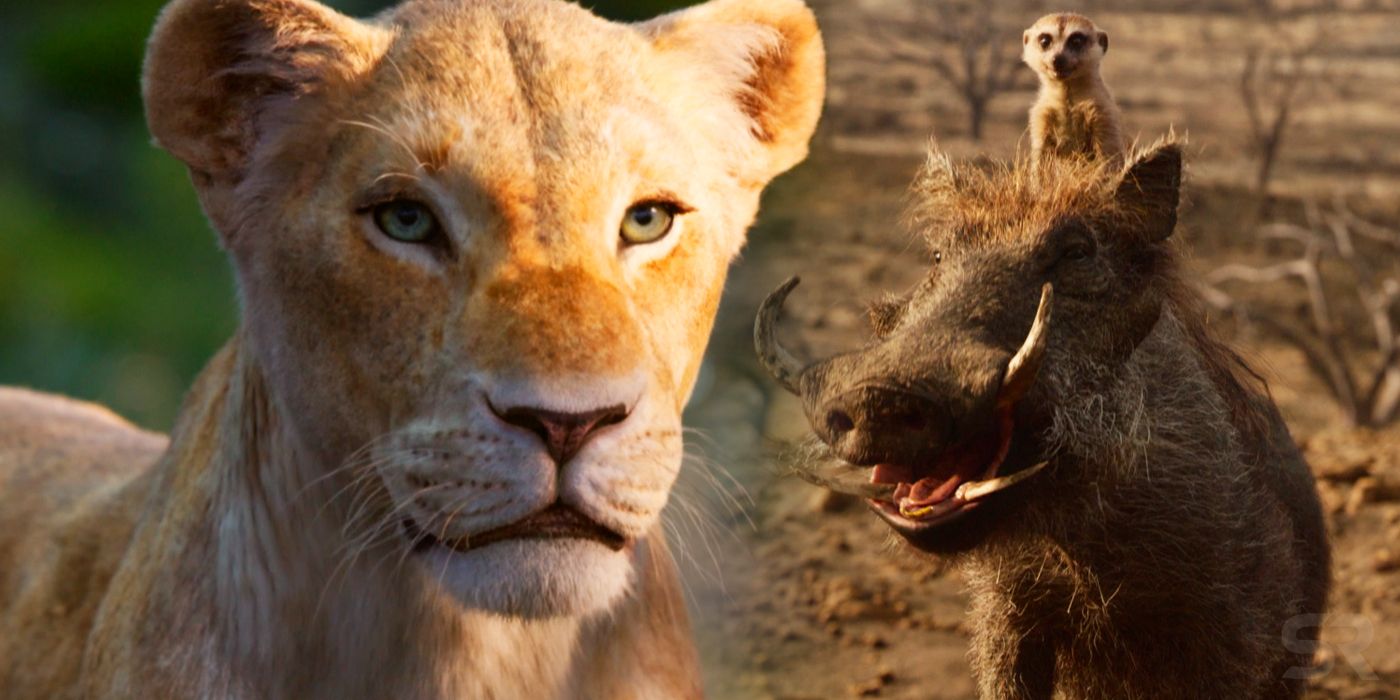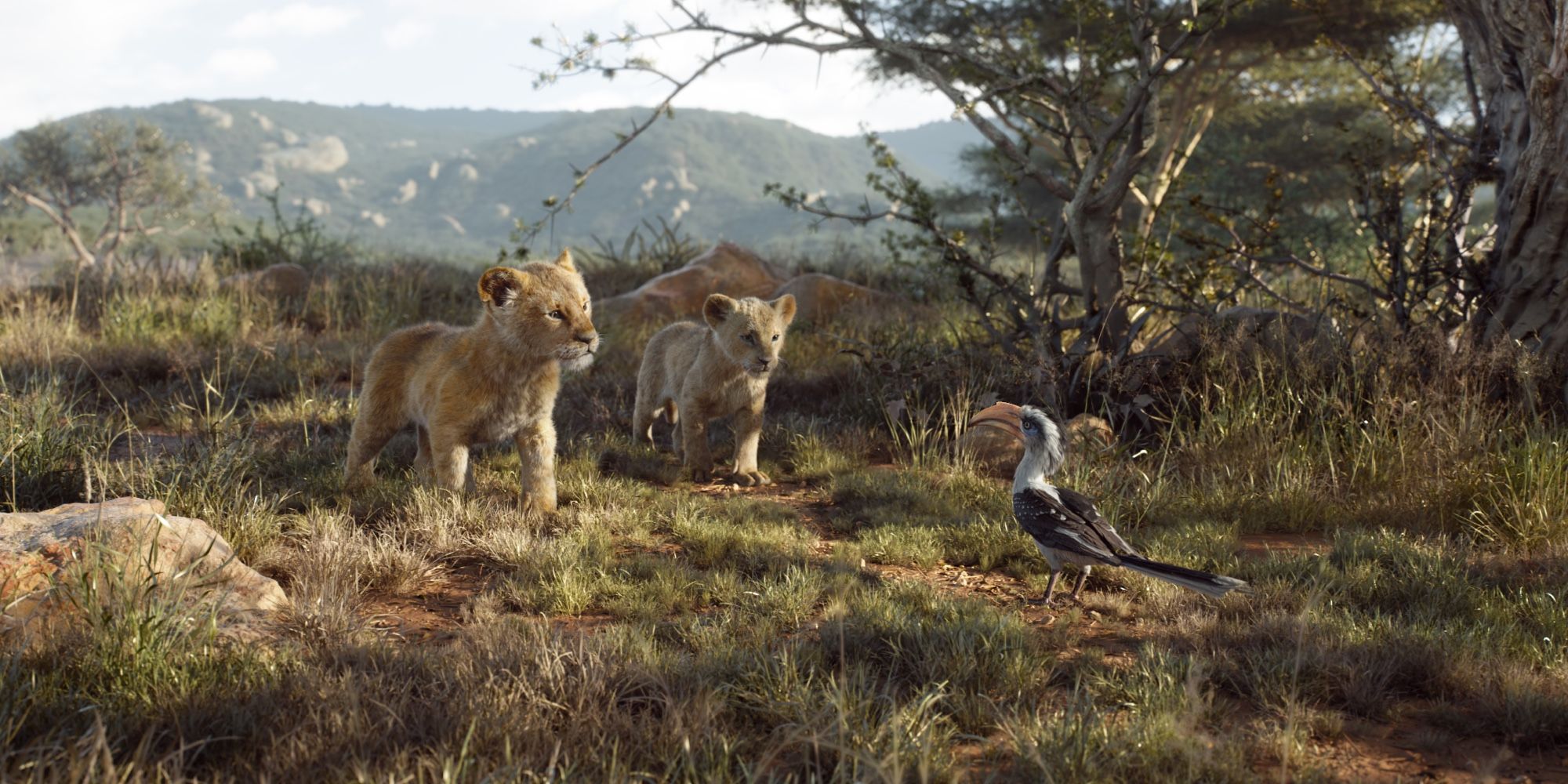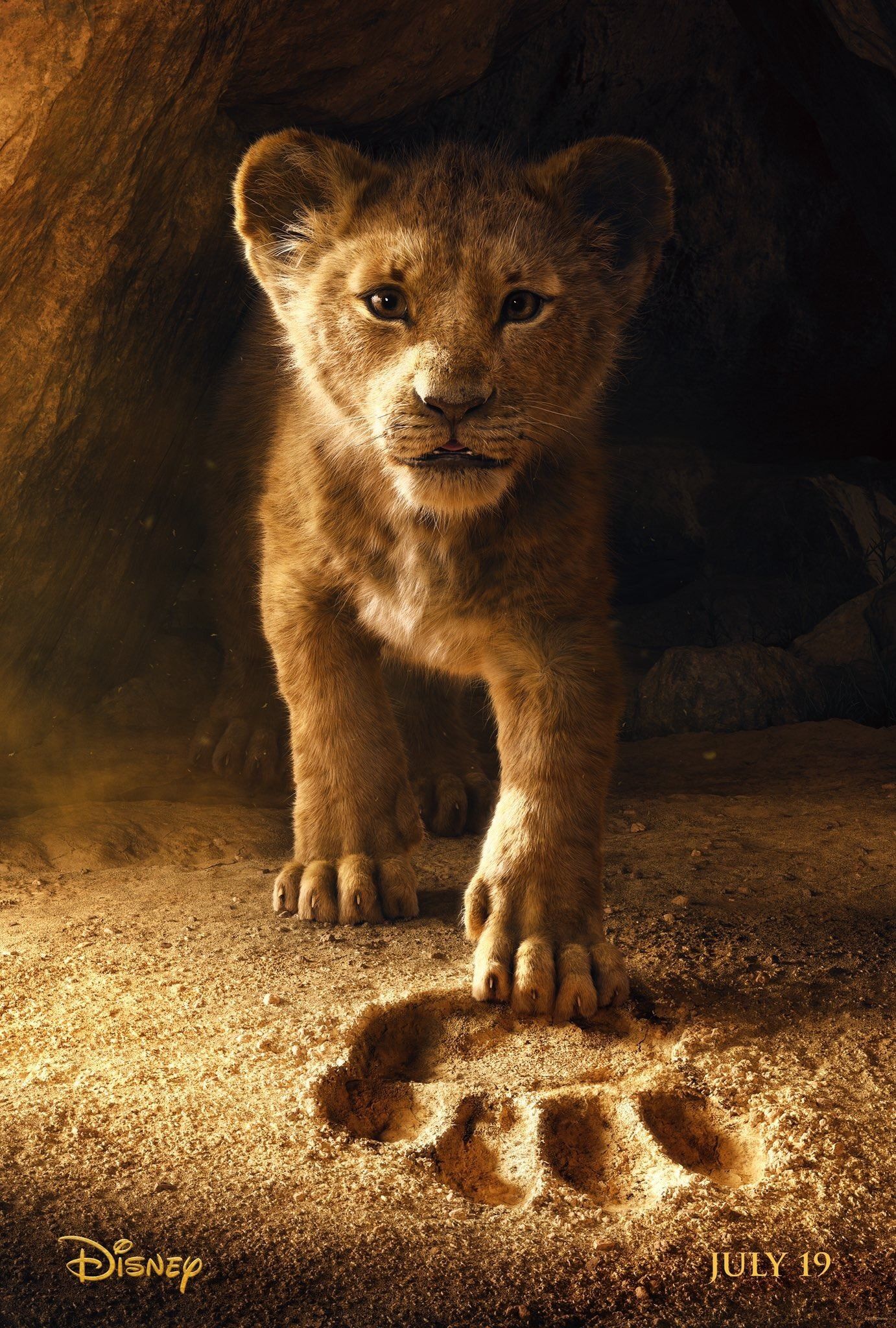The Lion King remake's photo-realistic animation has been widely praised but the mouth movement still looks strangely off. One of the most striking choices made in almost all Disney live-action remakes is their stylistic commitment to hyper-realism. The studio, and indeed Hollywood cinema at large, has made gargantuan technological leaps over the past decade and they’re keen to show it off. While it worked well for The Jungle Book, which blended its CGI seamlessly with its human lead actor, other examples like Beauty and the Beast fell flat.
With The Lion King, a film that is still being categorized as a live-action remake despite it being wholly computer animated, the effects are deliberately rooted in that realism in what proves to be the polar opposite of the original movie’s style. There are certainly cases to be made for such decisions, but it’s not hard to see why it’s also been heavily criticized by so many. The reveal of the most recent posters led to many jokes over how they looked less like characters and more like cut-outs from National Geographic. But nowhere is this issue more prevalent than in the strange mouth movements of the characters.
Related: The Lion King Remake's Problem Is That It Isn't Promising Anything New
In the new TV spot for The Lion King, Nala's mouth doesn't really line up with star Beyoncé Knowles-Carter saying, "Simba." This is not the only example of this problem in the movie's trailers - there were similar concerns over Chiwetel Ejiofor's Scar - or indeed in Disney's live-action remakes, but it's one that proved especially tough to ignore. It only further highlights the uncanny valley nature of Disney's stylistic approach to these projects. The blending of hyper-realism with something that our brains instinctively know is not real proves to be jarring. It's also a really tough problem for animators to solve. How do you make a process like talking animals seamless and “true to life” when it’s the complete opposite of that in reality?
The Lion King is trying to match human-style mouth movements to animals, so of course, there will inevitably be a disconnection between reality and expectations. Otherwise, the animals are utterly devoid of human elements. This stands in contrast to Mowgli, the Andy Serkis directed Netflix adaptation of The Jungle Book, which utilized motion-capture technology with its actors for very strange results. It was tough to escape the unnerving experience of watching the animals of Mowgli express themselves in human ways with faces that bore striking resemblances to the actors playing them. In that aspect, The Lion King is probably making a smarter move to avoid that level of audience discomfort, but the option of hyper-realism still presents logistical problems that throw out of balance the performances and visual intrigue.
The main problem with this age of Disney hyper-realism in their remakes is that it substitutes the endless creative possibilities of animation for something that can be described as realistic. Animation offered up opportunities for Disney to explore the fantastical while retaining a genuine emotional truth. The animation in The Lion King, for example, never aims for realism but the audience is consistently engaged by their deftly portrayed emotions and excellent comedic timing. There are things the viewer just buys more in animation than they do with hyper-realistic CGI. It pushes the technological boundaries of what cinema can do but attempts at such “realism” will always be a struggle, if only because it’s tough for our brains to buy the idea of an eerily realistic CGI lion that talks like Beyoncé and has the lip movements to match.
The Lion King is sure to be a massive hit for Disney and one that will stand as a major breakthrough in this kind of special effects applied on a wide scale, but as those mouth movements prove, there’s still a long way to go before the dream of completely seamless photo-realism becomes a reality.



